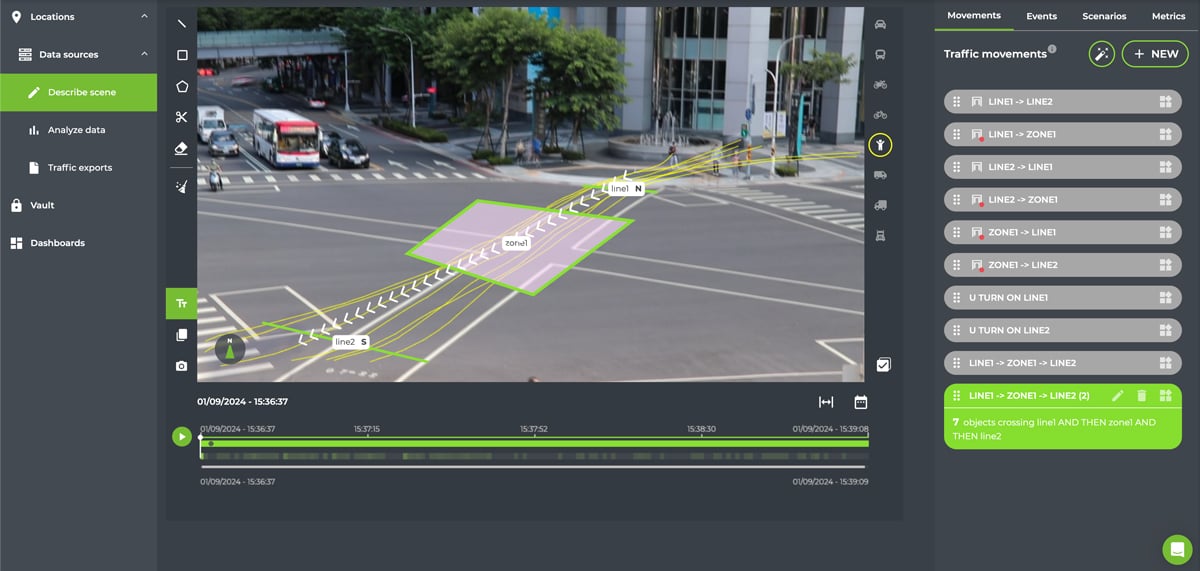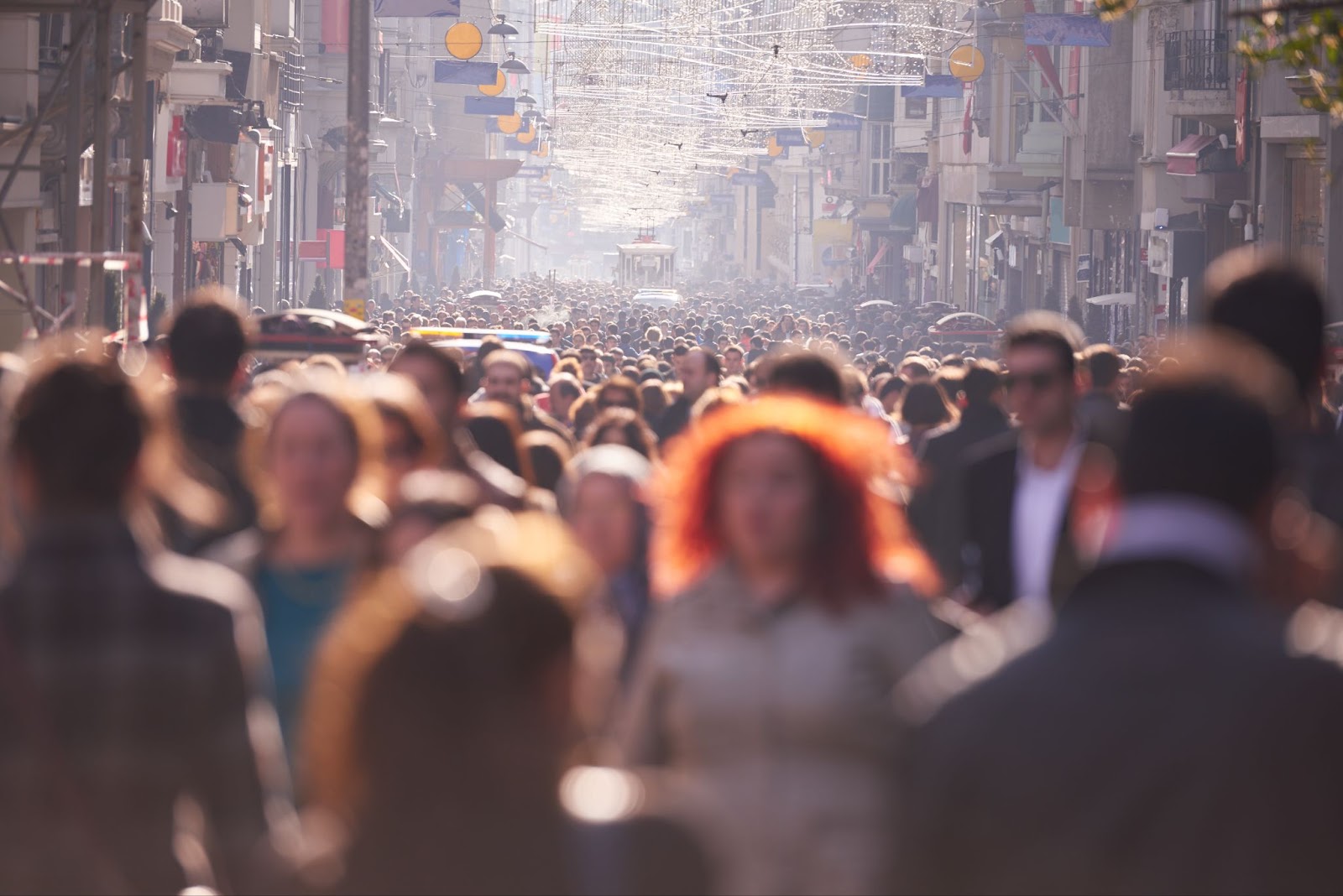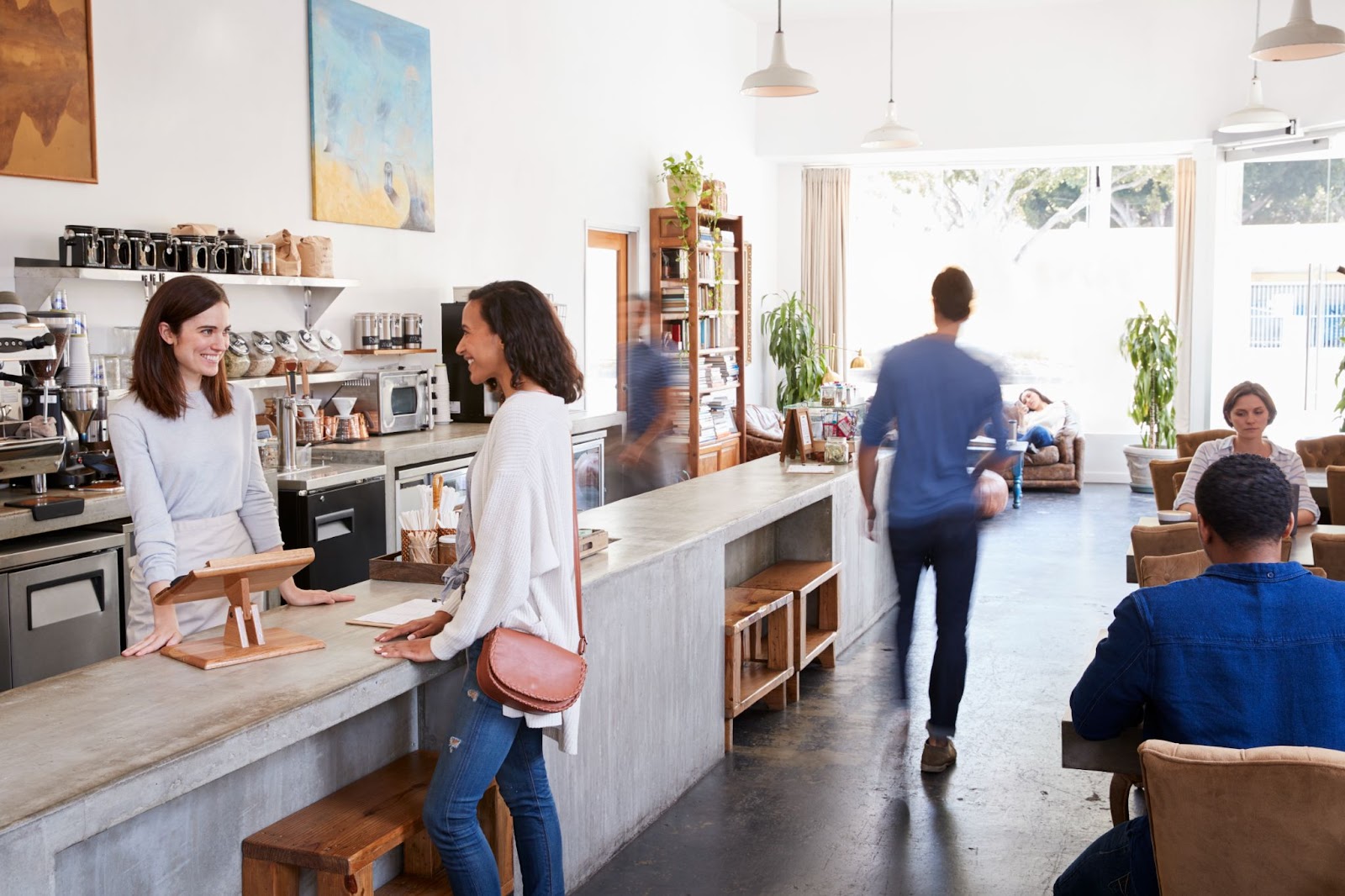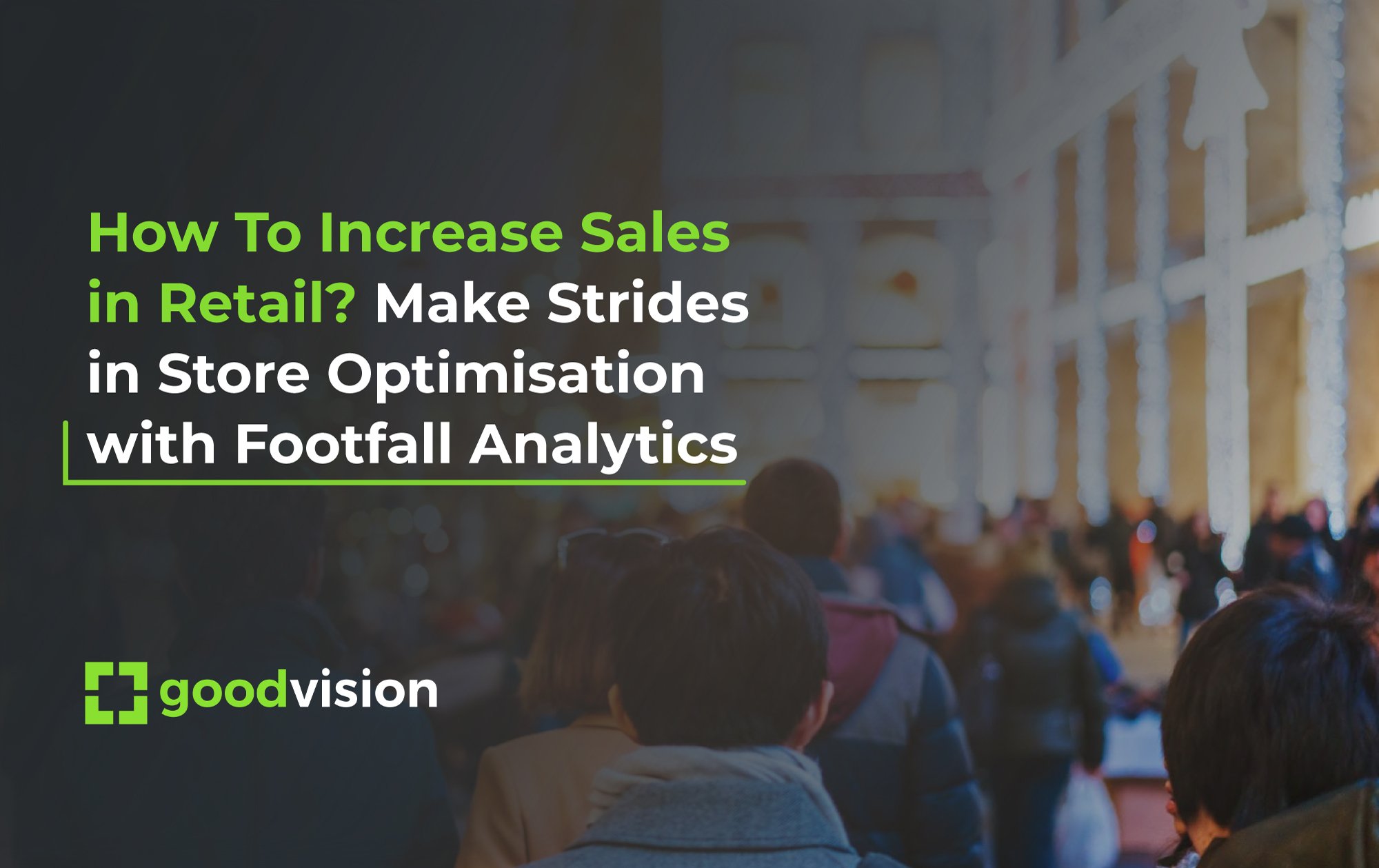How To Increase Sales in Retail? Make Strides in Store Optimisation with Footfall Analytics
Step into the world where cutting-edge technology meets the bustling streets. While our expertise lies in traffic video analytics, it's not all about cars and trucks. Yes, our usual collaborators are road engineers, traffic control managers, and urban planners. Still, our algorithm is a master at capturing pedestrian and bicycle traffic. This opens up new, exciting possibilities for our typical partners and some less obvious ones, such as… retailers.
Now, picture this: a revolution in the retail landscape. We’ve delved into the nitty-gritty of location and foot traffic analytics in one of our previous articles—make sure to catch up on that! But here, we’re unravelling the secret of increasing sales in retail through footfall analytics. Intrigued? Read on to discover how the streets pave the way to retail success.
What footfall data can you capture with cameras?
First, let’s look at data points GoodVision can extract from video footage, which can come in handy for retailers.
More often than not, foot traffic analytics focuses on pedestrian counts. While foot traffic counts are fundamental for footfall analytics, there’s so much more you can do with simple pedestrian volumes. On the other hand, video analytics combine numerical footfall data with visualisations, empowering retailers to align their stores with customers.

GoodVision captures every pedestrian trace, helping you see where footfall is the busiest.
So, what aspects of footfall can you extract from video analytics?
- Foot traffic counts — The most basic kind of footfall survey that enables more detailed analysis. However, besides simple counts, GoodVision automatically classifies all detected traffic attendants: pedestrians, cyclists, cars, trucks, etc. This data comes in handy when picking a new location for your business.
- Footfall distribution during the day — Using this metric, you can see how foot traffic fluctuates hour by hour and adjust store functioning accordingly.
- Peak footfall hours — Knowing when your store can expect the most customers allows you to accommodate footfall when it gets the heaviest.
- Footfall patterns and heat maps — Which spots in your area of interest see the most footfall? With this parameter, you can choose the optimal location for your store or think about new ways of merchandising to attract shoppers from the most frequented spots.
- Time spent in the area — Particularly useful for pedestrian areas like plazas and high streets, this metric helps retailers optimise their offering for customers who take their time shopping or rush through the stores.
- Travel time and speed — Similar to the time spent in the area, this parameter allows you to understand customer behaviour better. Additionally, high-speed motorised traffic can affect foot traffic in the area.
Who provides footfall data and footage?
To get started with your footfall analytics project, you’ll first need video footage captured at your store location. Only then can it be analysed for deeper insights.
Footage recording and analytics will both be handled by our partners in your area. Not sure how to find a footage and analytics provider? Reach out to us and we’ll help you team up with your local traffic experts!
Optimising retail through footfall data
With detailed foot traffic data, it’s time to turn numbers into insights, namely, how to increase retail sales using footfall data.
Choosing business location
Finding the right location for your business can be a make-or-break decision. Find an area that thrives with bustling foot traffic, and your store is likely set to succeed; find one that‘s attractive only on paper, and you put your business at a disadvantage from the start.
Analysing foot traffic data such as pedestrian counts, footfall patterns, and time spent will help you pinpoint the optimal locations and rule out the suboptimal ones. This way, you can select locations with maximum exposure to potential shoppers based on data.
Footfall data can also prove helpful when you are torn between several promising locations. Foot traffic analytics represents their potential in numbers, patterns, and visualisations, allowing you to pick the one that objectively performs best.

Crowded areas seem like a perfect spot for a retail business — but it’s always worth checking!
Understanding vehicle and foot traffic
A key step when picking a brick-and-mortar business location is determining how it fits into the broader traffic context. Here’s where foot traffic analytics truly shines.
Thinking of opening a coffee shop? Don't be fooled by the seemingly perfect spot beside a busy road. Sure, it's bustling, but a closer look reveals that most traffic consists of noisy freight trucks from a nearby storage facility. Not exactly the serene ambience you'd want for your customers leisurely sipping on a cup of mocha, right?
Or, say you’re considering a restaurant near a tourist hotspot. It sounds ideal with the constant flow of tired and hungry visitors. However, a reality check is in order. A footfall survey unveils the truth: the area around the attraction isn't all that appealing. Tourists quickly move on to the more charming historical centre with its plethora of restaurants, leaving your potential spot less than perfect.
Performance monitoring
Once your store is set up, you can leverage foot traffic analytics to monitor its performance.
For instance, footfall data may help you create KPIs like street potential, footfall vs sales, or street potential vs sales. With these metrics, you’ll better understand your store’s performance relative to the potential of its location.
This method is particularly useful if your business operates at several locations. In this case, you can use these KPIs to compare branches and see which drives the best results and which lags. With that, you can further investigate the causes and apply the methods that work best at underperforming stores.
Moreover, footfall-driven performance monitoring lets you observe how foot traffic patterns change over days, weeks, and months. Consider factors like seasonality, trends, or your marketing efforts and how they affect footfall, walk-ins, and sales.

With foot traffic monitoring, you can maximise your reach, leading to more walk-ins.
Competitive analysis
It’s not just your stores that can come under scrutiny—why not use video analytics to get a sneak peek into your competitor’s performance?
With footfall data, you can reveal the popularity of specific locations. This includes your competitors or simply neighbouring stores. Footfall analytics allows you to check if any stores in your area see unusually high (or low) foot traffic. Once you know that, you can identify the causes of coping strategies that work or learn from your competitors’ mistakes.
Operational retail planning
Of course, all that analysis would be for nothing without taking practical measures to adjust your retail operations to foot traffic. Knowing peak and off-peak hours is particularly important. When foot traffic is the busiest, you may want to increase staffing and avoid shift changes to handle customer demand. In contrast, you can reduce staffing when footfall is the lowest to save money and move your workforce to more intense hours.
Peak times also affect opening and closing times. Does foot traffic pick up right after your store closes? Adjust closing hours to take advantage of intense footfall.
For another example, you can use weekly foot traffic patterns to adjust inventory management. With that, you’ll always have enough popular products in stock to serve your customers during peak days.
From a larger perspective, you can even leverage foot traffic data to time your marketing initiatives. Analyse footfall data over longer periods to find unexpected, off-season surges in pedestrian activity in your area and schedule sales or promotions for additional exposure and revenue.
Tap into footfall data and analytics with GoodVision
To optimise your retail business for the highest exposure and sales, you need to use any advantage you can get. Footfall data is one such advantage, allowing you to pick the best store location and capitalise on it once it's up and running.
Curious to find out more? Our team is happy to connect you with our local partners who’ll help with pedestrian counts, footfall analytics, or any traffic-oriented challenge. Schedule a call today and set up your retail business for success!



